In part one of this series, I recommended some essential tools for DIYers who want to explore building their own audio gear. If it sounds intimidating to build your own gear, let me quickly assuage those fears. There are a lot of easy, simple projects you can work through so you can get quickly acquainted with circuit boards, components, and soldering.
For True Beginners
If you’ve never soldered before there are some simple DIY kits available that can show you the ropes with no pressure. I recommend trying out one or more of the following before you move on to DIY microphones, mic pres, and other audio gear.
Smart Car DIY Kit ($10.99)
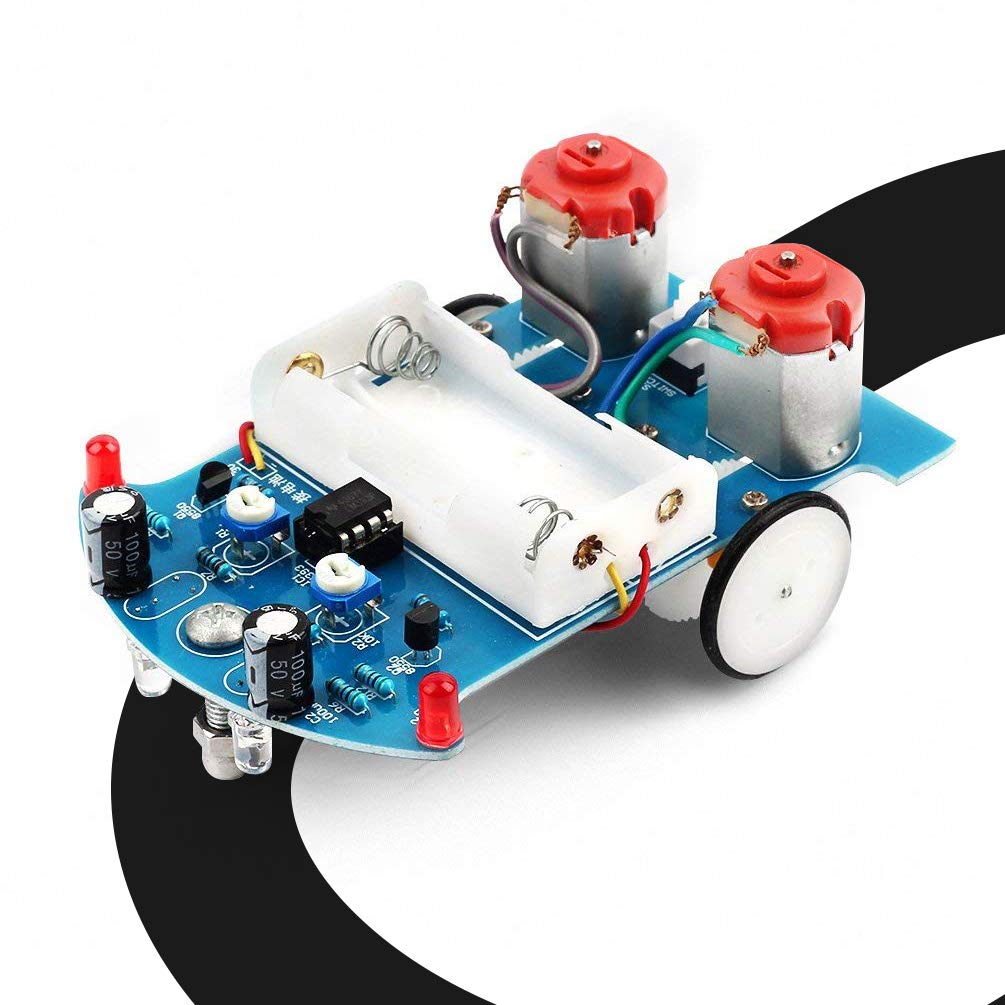
This DIY kit was the first soldering kit I ever put together. When properly completed (and populated with two AA batteries), the car you build will follow the black stripe on any flat surface. Since the kit is only $10.99, you won’t feel too much pressure. And by the way, don’t worry if it doesn’t work right out of the gate — my first stab at this build didn’t go too well as only one of my wheels worked. But, I got right back on the horse and in no time I had a perfectly working car. Even if you have no experience, this is a cool, fun, and quick project.
DIY 3W Stereo Speaker Kit ($16.99)
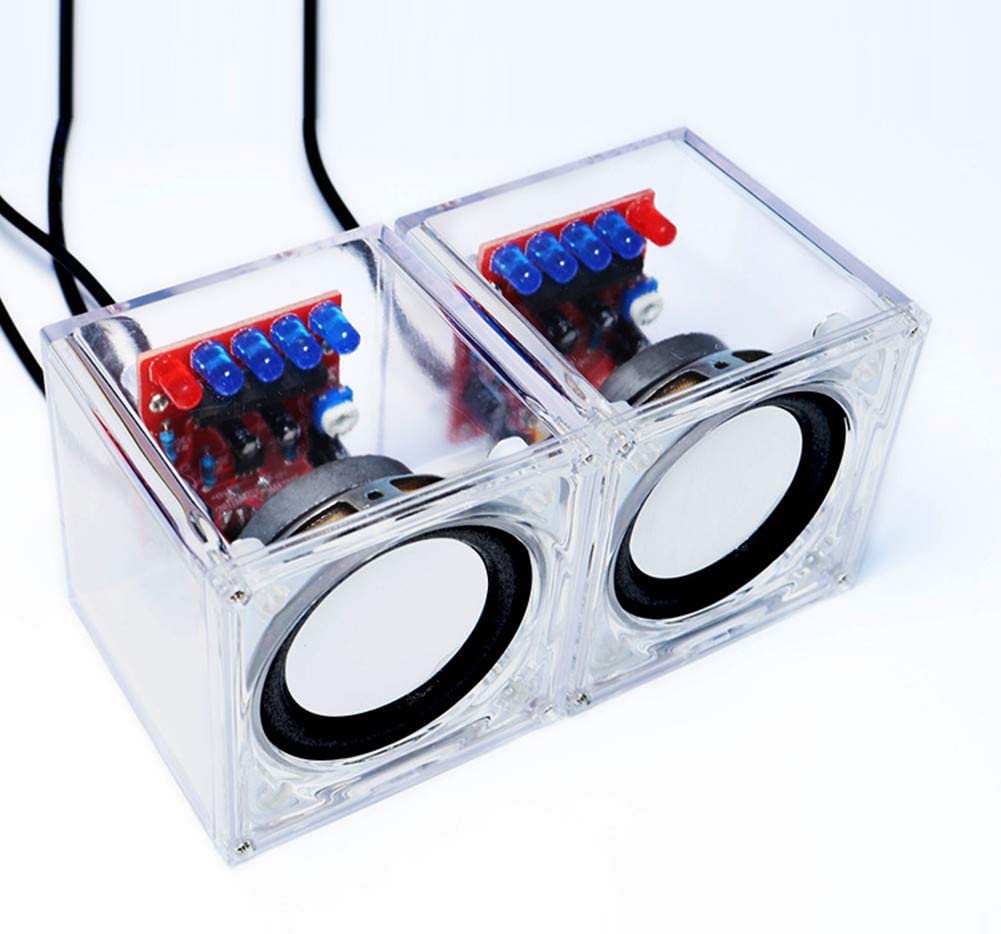
If you’re looking for a more ambitious beginning project, this pair of transparent speakers might intrigue you. It will be a little more challenging because there are surface-mount (SMD) components included which can be difficult for beginners. Still, I would recommend giving it a shot, and besides, what a useful thing to have around after you’ve successfully built it! It gets power from any USB port and has a 1/8″ plug to connect to any audio source, like a laptop.
Usually, the most challenging part of any of these budget DIY learning kits is that the instructions are written by people who don’t speak English fluently, so it can get a little confusing at times. But hey, if I can do it, so can you!
Beginner DIY Audio Projects
Now that you’re ready to get into the world of DIY audio gear that can produce wonderful results on a budget, I’ll share a couple of my favorite kits. I’ve chosen these because they are not only affordable but also very useful. Additionally, the size of the circuit boards and solder pads are generally beginner-friendly, so it should be a little easier to get it right on the first try.
Soldering Tutorial
If you’ve never soldered before, or would like to learn some good soldering technique, there are literally hundreds of YouTube videos out there. A lot of them are bad, some are good, a few are great. My personal favorite is the Soldering Tutorial by Dave Jones from the EEVblog. He makes it very accessible and does it with personality.
FE2 DI Box Kit by DIYRE (starting at $60)
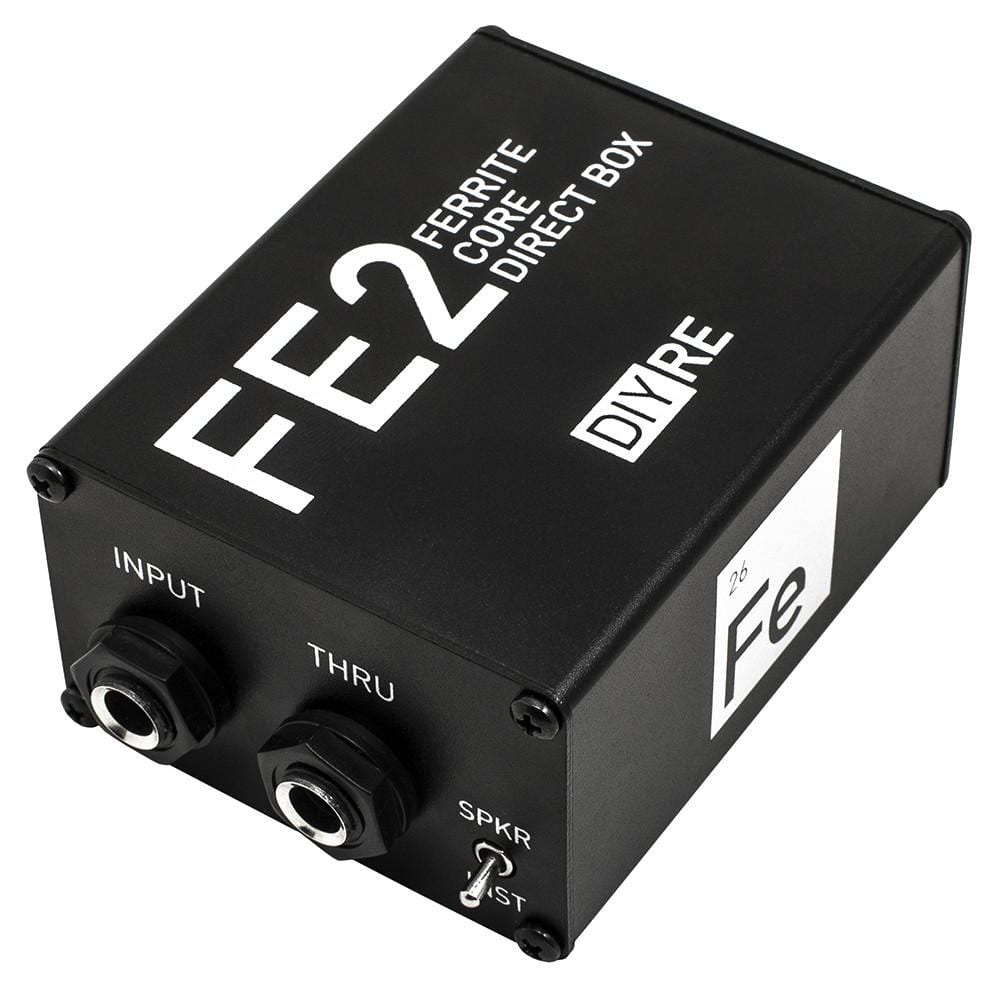
The FE2 Direct Input Box Kit by DIYRE is the perfect first DIY audio project. Even a beginner can easily complete this build in a morning or afternoon. DIYRE is a great company, too, and provides clear, step-by-step guides in plain English, with photos.
For this particular kit, you get to choose what type of transformer you want (which affects the coloration of the sound), and these have different price levels. I personally built the FE-X1 which DIYRE describes as having a “clear, modern” sound. Even if your audio interface has a DI input, these kits may offer improved audio quality and a DI box is just a great utility device to have around.
T-25 Microphone Kit by Microphone-Parts.com ($219.00)
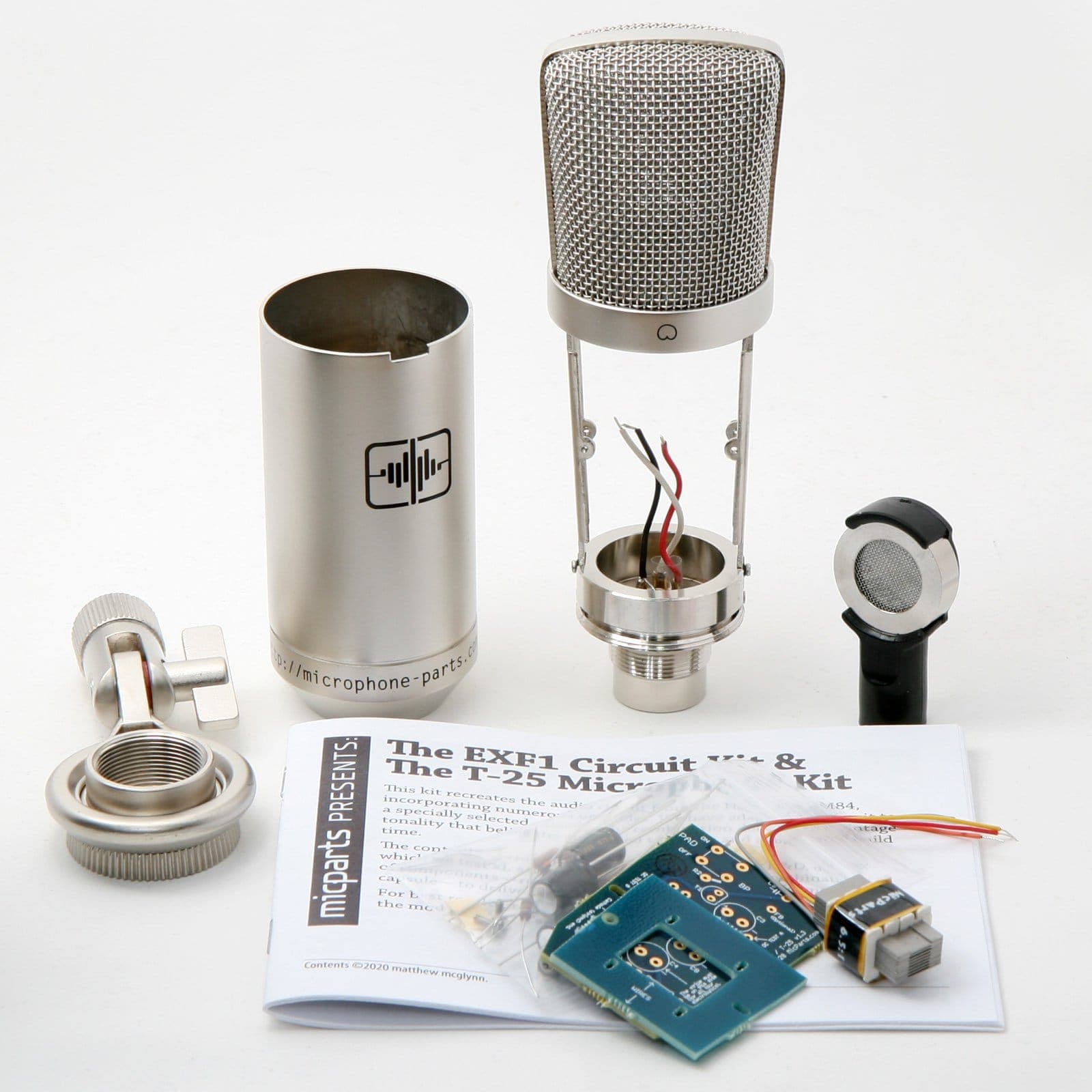
If you are ready to dive into the world of DIY microphones, the T-25 kit from Microphone-Parts.com is probably the way to go. It’s one of the easiest microphone builds I’ve come across, consisting of a mic capsule, transformer, and literally just 14 components to solder.
Also, don’t be fooled by the low price. While $219 may be considered to be in the “budget” range of microphones, the T-25 will sound rich and offer you a vintage tone that competes with microphones that cost 3 or 4 times as much. This is a great, first microphone build that will become a useful piece in your mic locker for years to come.
Advanced Microphone Builds
If you want to recreate classic vintage microphones like the U47, U87, C12, and more, things can get more complicated pretty quickly. There are, essentially, two paths I can recommend:
Microphone-Parts.com DIY Microphone Kits (the easy way)
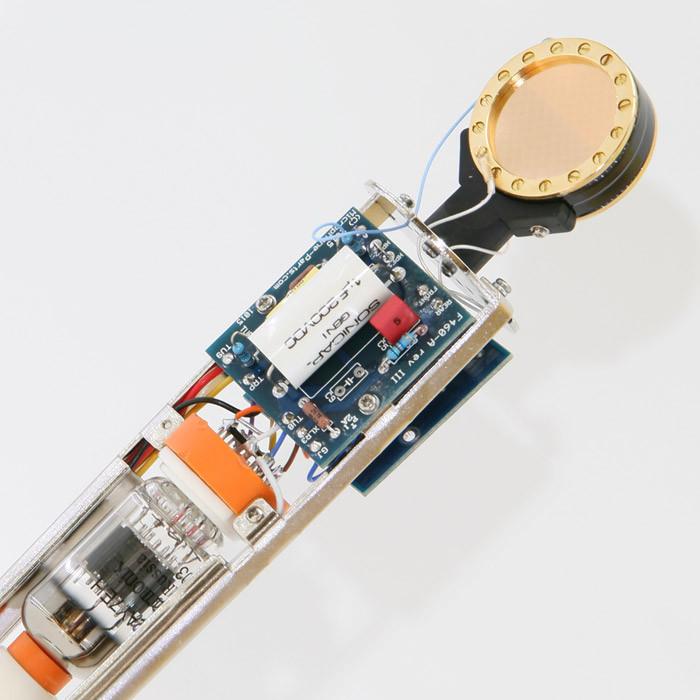
Our friends at microphone-parts.com offer full DIY microphone kits that are not true clones of the original circuits but are designed to get you the same tone and vibe. And boy, do they get wonderful results indeed.
What sets microphone-parts.com apart is that you will be provided every part you need to build your microphone in one package, right down to the last tiny screw. You literally won’t need to purchase anything additional to complete the microphone build. They also provide great instructions and Matt offers responsive support should you need it.
If you are feeling confident and have done some other soldering projects, the kits from microphone-parts.com are great for taking the next step in your DIY journey. Think of them like paint-by-numbers, but instead, it’s solder-by-numbers.
They have kits that will help you recreate the sounds of the U87, C414, ElaM 251, AKG C12, and more. I haven’t built all of the kits, but I have built several — they don’t disappoint. Do they sound like exact clones? No. Are they wonderful microphones on their own? Absolutely — just about any mic you build from a mic-parts kit will have no problem going up against microphones that are 4 or 5 times the price.
Vintage Microphone PCB Kits (the not-as-easy way)
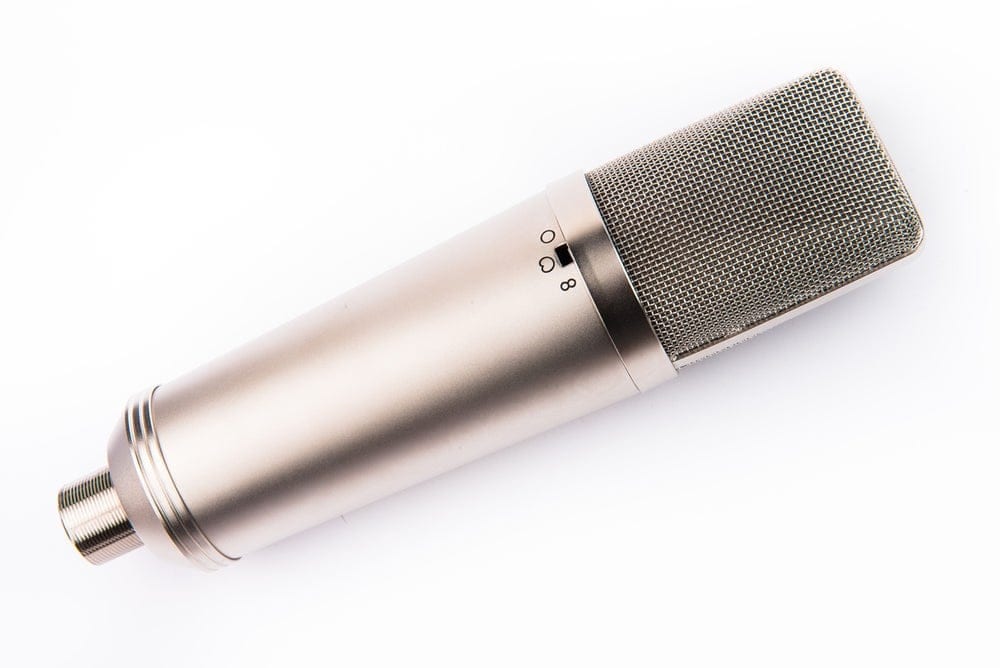
Feeling even more confident? Do you enjoy reading pages and pages of internet forums, scouring the web for information you need to properly complete your DIY microphone?
If you’re the adventurous type and want to build the truest clone of certain vintage microphones, start your journey at vintagemicrophonepcbkit.com.
I should put out a disclaimer: if you are not already very experienced, or even if you are, this will probably not be the smoothest DIY experience. While there is a wealth of information available online, and a helpful community of DIYers to support you along the way, the information and help is sometimes fragmented, or incorrect, or out of date, so you’ll need to have some savvy wit about you in order to navigate the maze of these projects.
All that being said, check out vintagemicrophonepcbkit.com, take your time, and read very carefully. For example, if you decide to build a U87, you’ll order the circuit boards directly from the site. For each microphone circuit, they offer links to Mouser.com (an electronics component store) BOMs (build of materials) with a pre-filled selection of components you’ll need for the project. Read the BOM carefully, some components may be out of stock, or backordered. You may need to shop elsewhere to fill in the gaps. Besides the BOM components, you’ll need to source your own microphone capsule, microphone body, and some hookup wire of varying gauges, etc.
It is no doubt a journey just to get the right parts to your door (especially if it’s your first time). There are threads on GroupDIY.com for each of the mic builds to help you along the way. Some builds are easier than others.
So if you decide to give this a shot, I recommend trying the U47 FET first. I think it’s the easiest of the bunch. Other microphones require building power supplies, or biasing FETs (which require oscilloscopes and tone generators… it gets complicated real quick) — it can be overwhelming if you’re not an expert. Keep it simple and you’ll be rewarded with a gorgeous sounding mic. I built my U47 FET clone for under $500. The real thing goes for $4,000! Is it 100% identical in sound when compared to the Neumann U47 FET? Nah, but is it pretty darn close for less than 15% of the cost? You bet!
Here’s a link to the U47 FET circuit information. From that page, you’ll find all the info you need (sorta) to get started. You’ll learn quickly that you have the freedom to select certain components if you have a preference. Whether it’s a specific JFET or transformer, or perhaps you’d like to use electrolytic capacitors instead of ceramic capacitors. Going this route is way less “solder-by-numbers” and more “choose your own adventure”, but I promise you this: when you plug in and power up that mic and it works, the feeling of satisfaction you get from knowing you built that is likely to whet your appetite for more.
Good luck, and have fun!
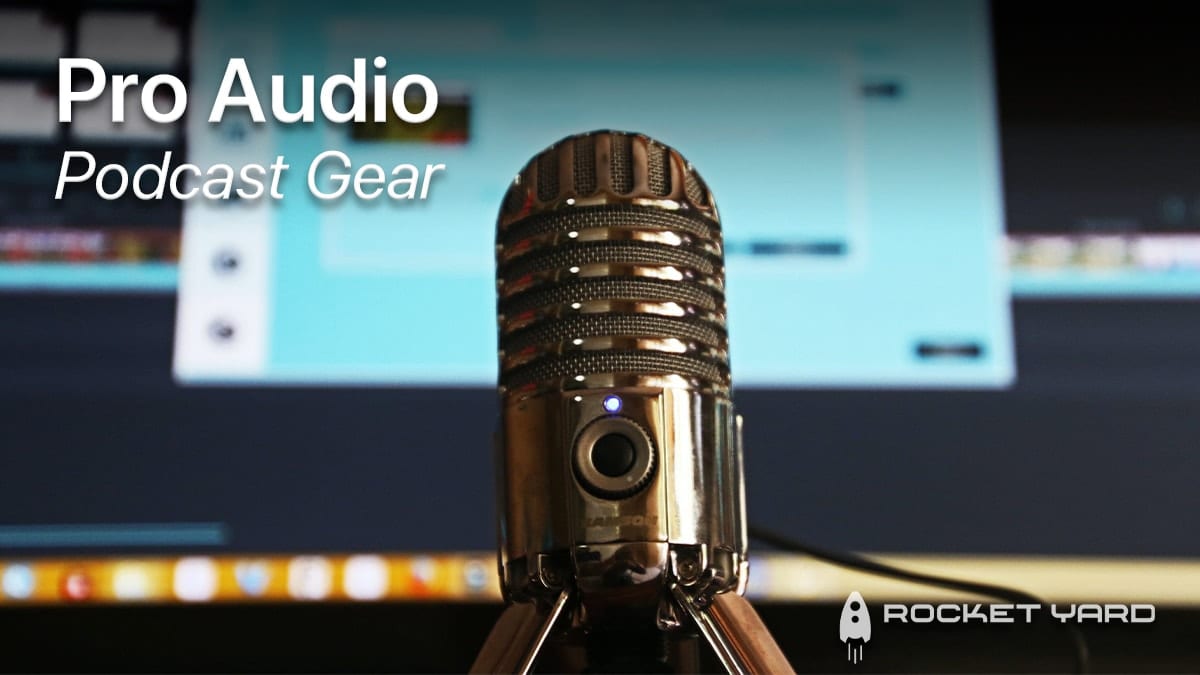
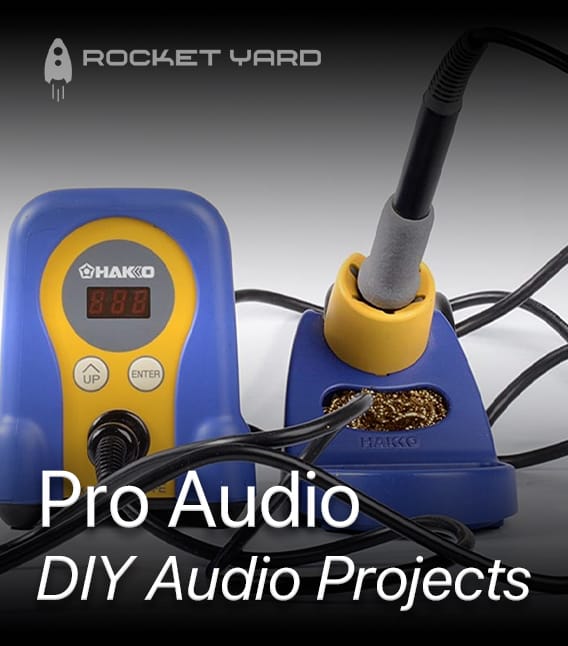

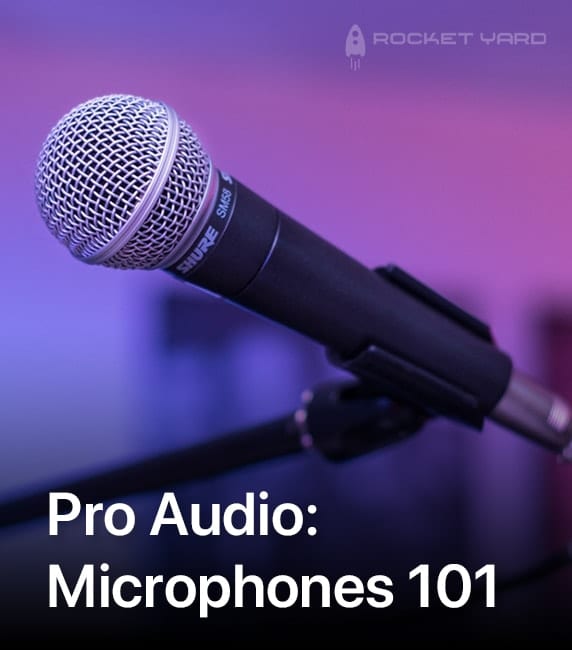



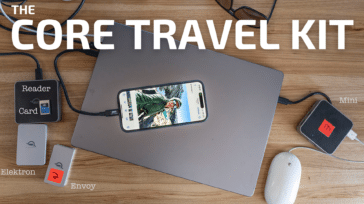


Proper URL is vintagemicrophonepcbkit.com
Site referenced and linked – vintagemicrophonepcbkits.com – does not exist.
There is a site matching the described at vintagemicrophonepcbkit.com – without the “s”.
Perhaps this is what you meant to link to?